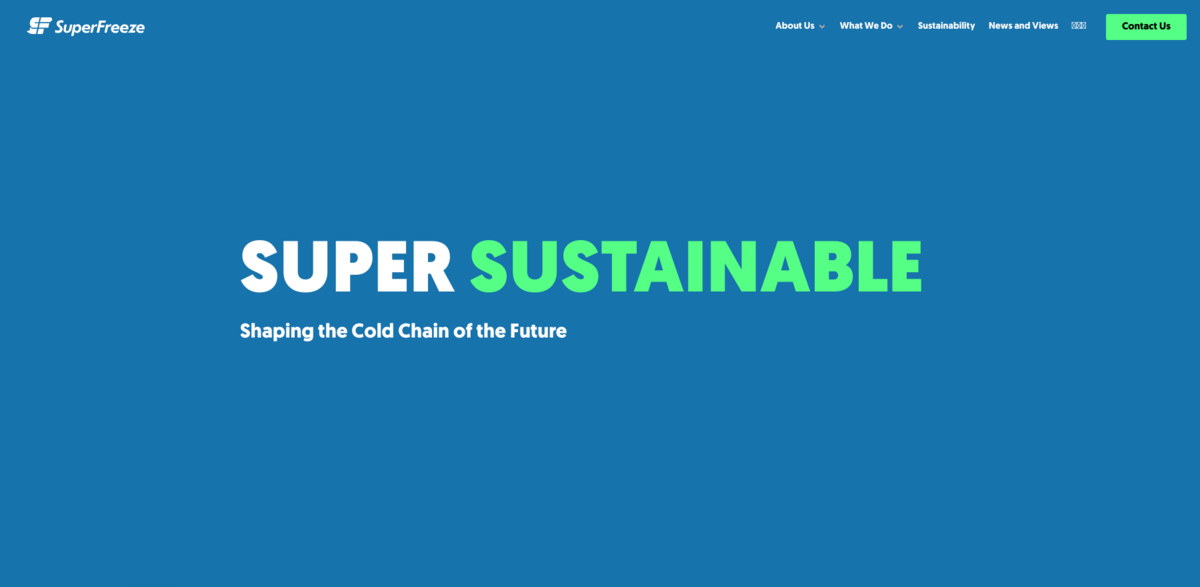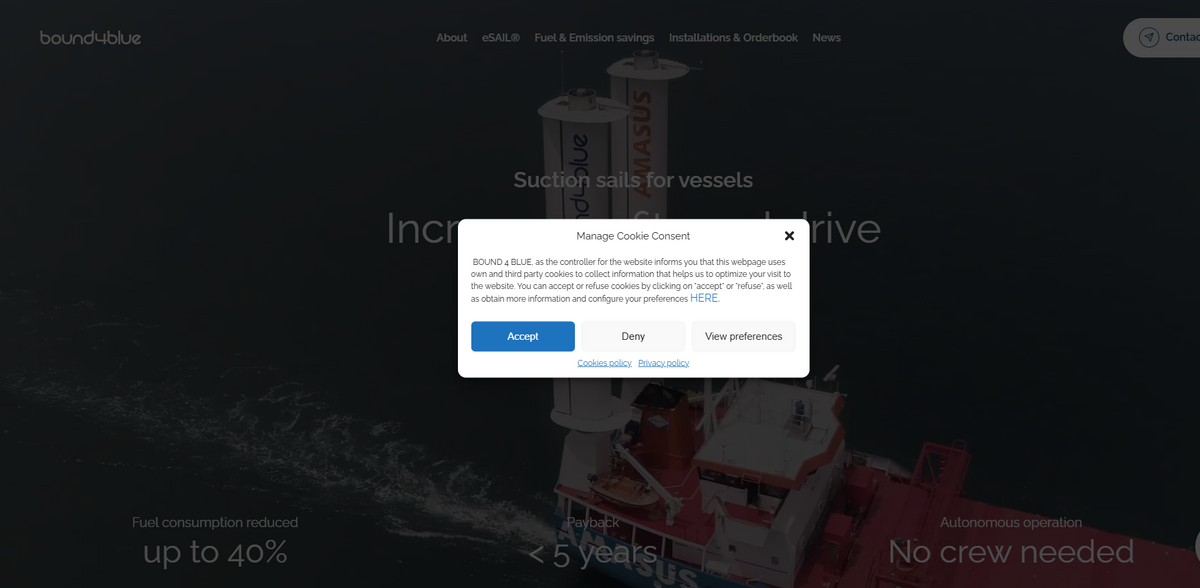What the Project Is
SuperFreeze builds and operates a network of cold storage facilities that serve North and Southeast Asia, providing critical food and health infrastructure to host countries. The project leverages patented decarbonization technology to deliver high-quality, sustainable, and efficient cold chain solutions to both the food and pharmaceutical industries. With facilities ensuring integrity, quality, and sustainability within Asia’s food and pharmaceutical supply chains, the project stands out as a leading provider of reliable cold storage logistics. It offers temperature-controlled storage ranging from -72°C to 25°C – an important factor in preserving high-value products such as vaccines and pharmaceuticals. The approach may sound technical, but it is all about using innovative technology to transform essential services.
Main Benefit
Key figures and facts include:
- 181,000 square meters of temperature-controlled storage between -72°C and 25°C
- An additional 578,000 square meters under construction
- Strategically built warehouses near major cities and ports
- Utilization of LNG for facility power and cold energy capture
- Patented decarbonization technology that decreases reliance on electricity and lowers CO2 emissions by up to 75% compared to traditional facilities
Accessibility and Location
Cold storage warehouses are built in locations designed with both demand and market access in mind, always near major cities and ports. This careful placement not only supports ease of logistics but also ensures road and port accessibility – essential for proper handling and distribution of perishable and temperature-sensitive items. The use of LNG and its associated cold energy further enhances the project’s ability to maintain ultra-low temperatures required for products like vaccines, making the solution both strategic and sustainable in a dynamic marketplace.
Decarbonization Technology
A standout feature of the project is its patented decarbonization technology, which captures and recycles the waste energy released during LNG regasification. By converting this energy into the cryogenic cold needed for storage, the system decreases reliance on electricity and significantly lowers carbon footprints. This process, while technical in nature, is what makes the overall solution so sustainable – it reduces emissions and allows temperature-sensitive items to be stored efficiently. The technology is an innovative twist on traditional methods and is central to the project’s commitment to decarbonization.
Operational Excellence
SuperFreeze employs the latest technology to monitor and manage inventory across its facilities resulting in exceptional product freshness, safety, and security. The modern control systems are designed to guarantee that food and pharmaceutical items remain at steady and appropriate temperatures 24 hours a day, 365 days a year. This operational excellence is essential for reducing waste, lowering prices, and ensuring a continuous, reliable cold chain – even in challenging conditions where vaccines or critical pharmaceutical products might otherwise spoil before delivery. There is a sense of continuous innovation here, making the operation dynamic and forward-looking.
Project Impact
- SDG 2: Zero Hunger – Improving food preservation and reducing food waste
- SDG 3: Good Health and Well-Being – Ensuring quality pharmaceutical and vaccine distribution
- SDG 7: Affordable and Clean Energy – Utilizing clean energy from LNG, hydrogen fuel cells, and on-site solar panels
- SDG 9: Industry, Innovation, and Infrastructure – Building state-of-the-art facilities with the latest monitoring technology
- SDG 13: Climate Action – Significantly reducing CO2 emissions through innovative decarbonization
Innovation and Future Vision
With an eye to the future, SuperFreeze is building the next generation of cold storage facilities that are not only large and modern but are also primed to reduce their carbon impact further. Increasingly, hydrogen fuel cells and on-site solar panels are being introduced to produce distributed energy, thereby complementing the liquid natural gas cold waste technology. These pioneering methods are paving the way for a more sustainable and resilient cold chain ecosystem in Asia. The dynamic, ever-evolving approach of the project hints at a future where cold chain infrastructure is not only optimized for efficiency but is also tightly integrated with cutting-edge, low-carbon technologies… to continue meeting growing global demands for quality food and pharmaceuticals.





















